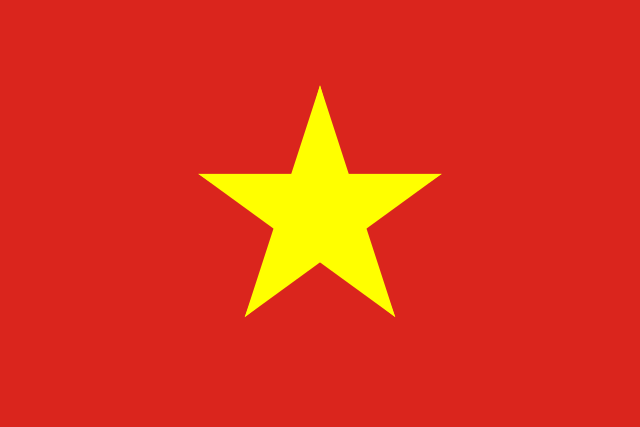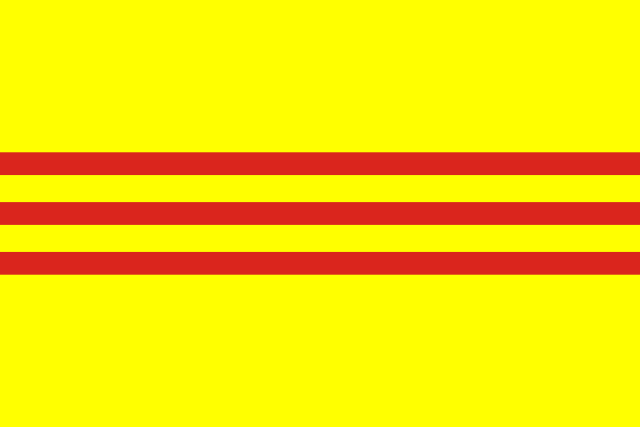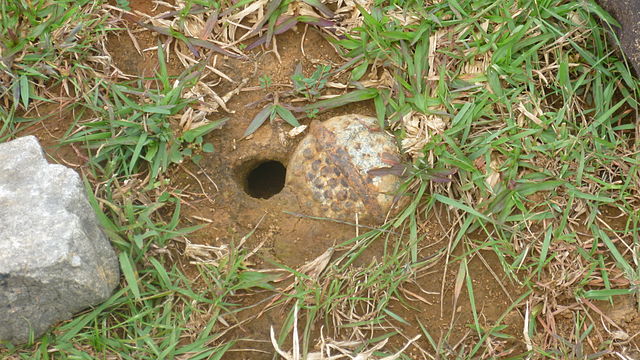Idle speculations on lost opportunities in US-Vietnam relations.

I suspect, from all that I’ve read over the years (particularly books like “The Last Valley”), that Vietnam is and likely always was probably the least communist of all the “communist countries,” past and present. (Today it certainly isn’t. Even China doesn’t hold a candle to the mass capitalism of modern Vietnam.)
Communism for Vietnam was, in essence, a successful political and material organizing mechanism for national liberation and an ideology for poverty reduction and social modernization. If you look at the World Bank’s inaugural (1977) report on the unified Vietnam, it’s clear that the Communist Party began dismantling communism — particularly the necessary wartime central planning — and began reorganizing the entire economy of both halves of the country within about a year of the war’s end. There’s also a lot of emphasis in the United States – because of who we backed in the war and our many South Vietnam military and political refugees – about the postwar reprisals, but there’s far less acknowledgment of how fast the postwar Vietnamese government reintegrated and reconstructed southern Vietnam’s economy after the war. And all that transformation was happening in 1975 and 1976, before even the sweeping liberalizations of the late 1980s and early 1990s.
Politically and governmentally, communism was a good model for supervising the war effort in Vietnam’s wars of independence and unification from 1945-1975. It proved itself in battle for decades. Once they won, it went away because its utility was past.
For Vietnam, even economically, communism was never an interim state before utopian socialism. It was an interim state before broad-based, social, and artisanal capitalism – a capitalism that cares about the little people and gives them a real shot in life.
It was the dictatorship for the proletariat to get the West out of Vietnam and itself out of extreme poverty. Read more








